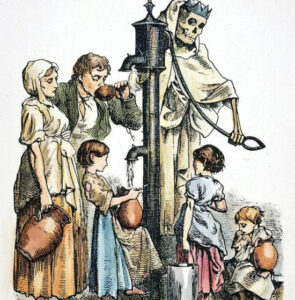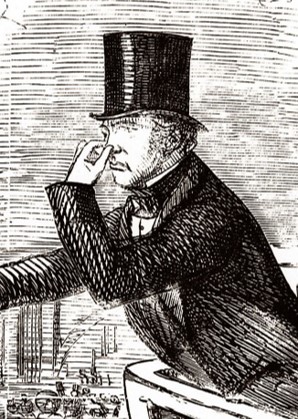During the early 19th century in Bacup, most dwelling houses were in deplorable condition. Families crowded in cramped, poorly ventilated cellars and houses lacking proper drainage. These dismal living conditions posed significant health risks and hardships for the residents.
With only a limited number of toilets available, open cesspools became a common sight at every corner, emanating an unbearable stench that permeated the air. As the morning sun peeked over the horizon, the infamous ‘night soil cart’ would make its rounds between 6 am and 8 am. These carts were operated by a nuisance officer responsible for emptying the overflowing toilet buckets, which were then simply placed back into position without any attempt at cleaning or disinfecting. This unhygienic practice posed a severe health hazard, as it facilitated the spread of disease and infection.
Water scarcity plagued Bacup in 1870, making its use for hygiene purposes unthinkable. The town’s water supply was severely contaminated, with descriptions likening it to the murky depths of Worcestershire sauce or the unsettling hue of blue milk.
The stench emanating from the water was unbearable, and residents were often overwhelmed by the overpowering odour.
The lack of adequate sanitation, contaminated water supplies, and overcrowded housing provided fertile breeding grounds for diseases like cholera, typhus, typhoid, dysentery, consumption, and influenza. The prevalence of disease not only caused immense suffering but also hindered the economic and social development of these communities.

